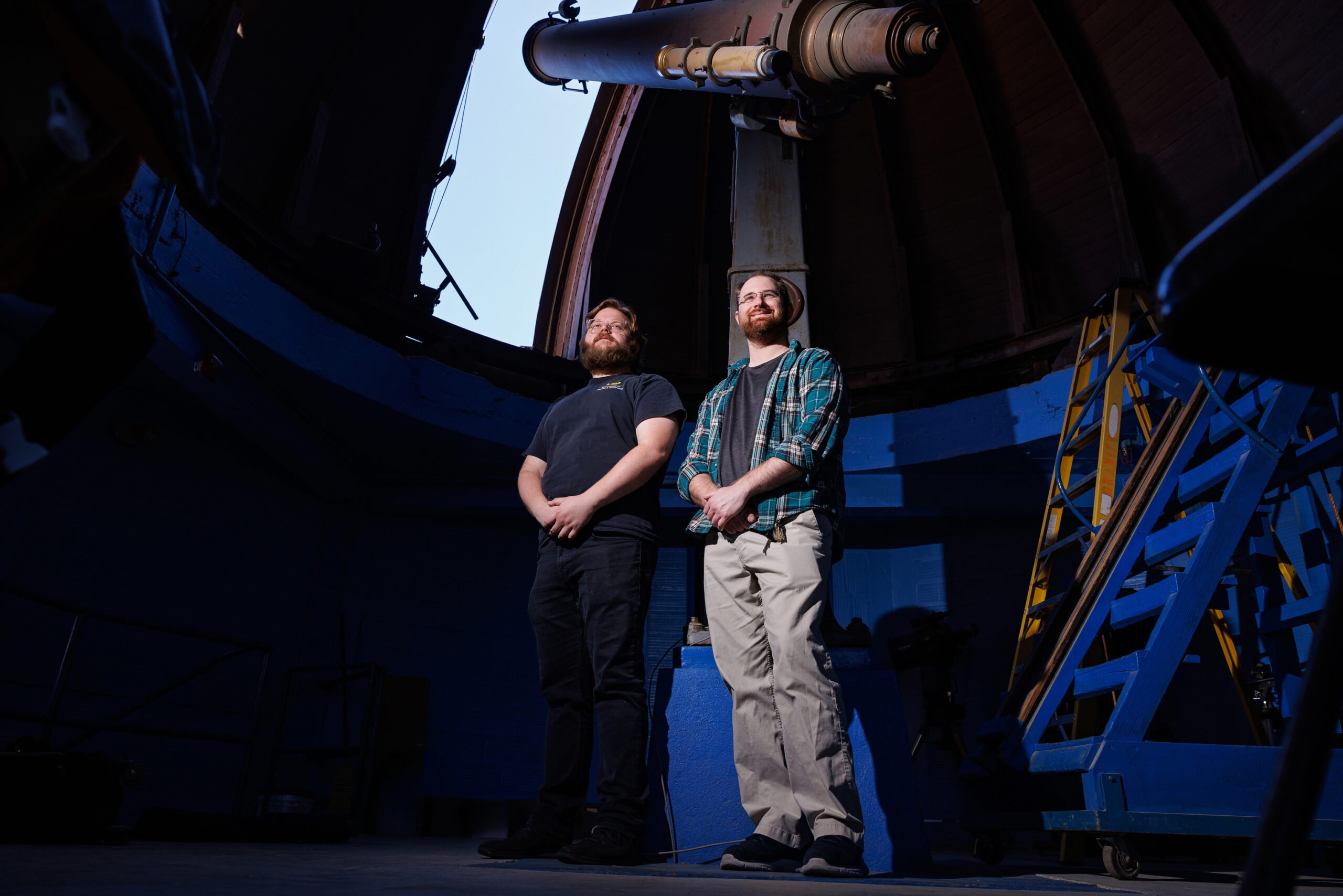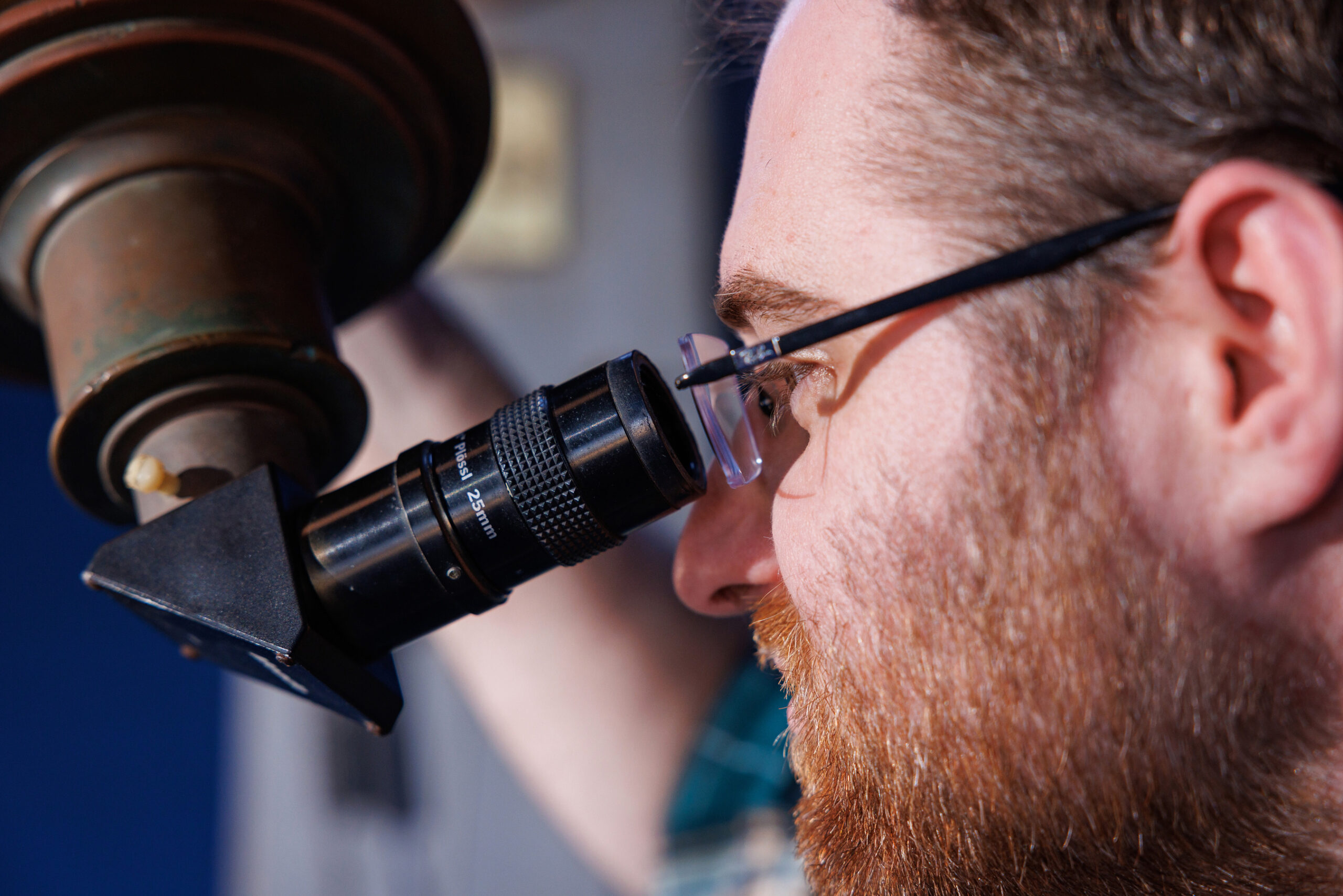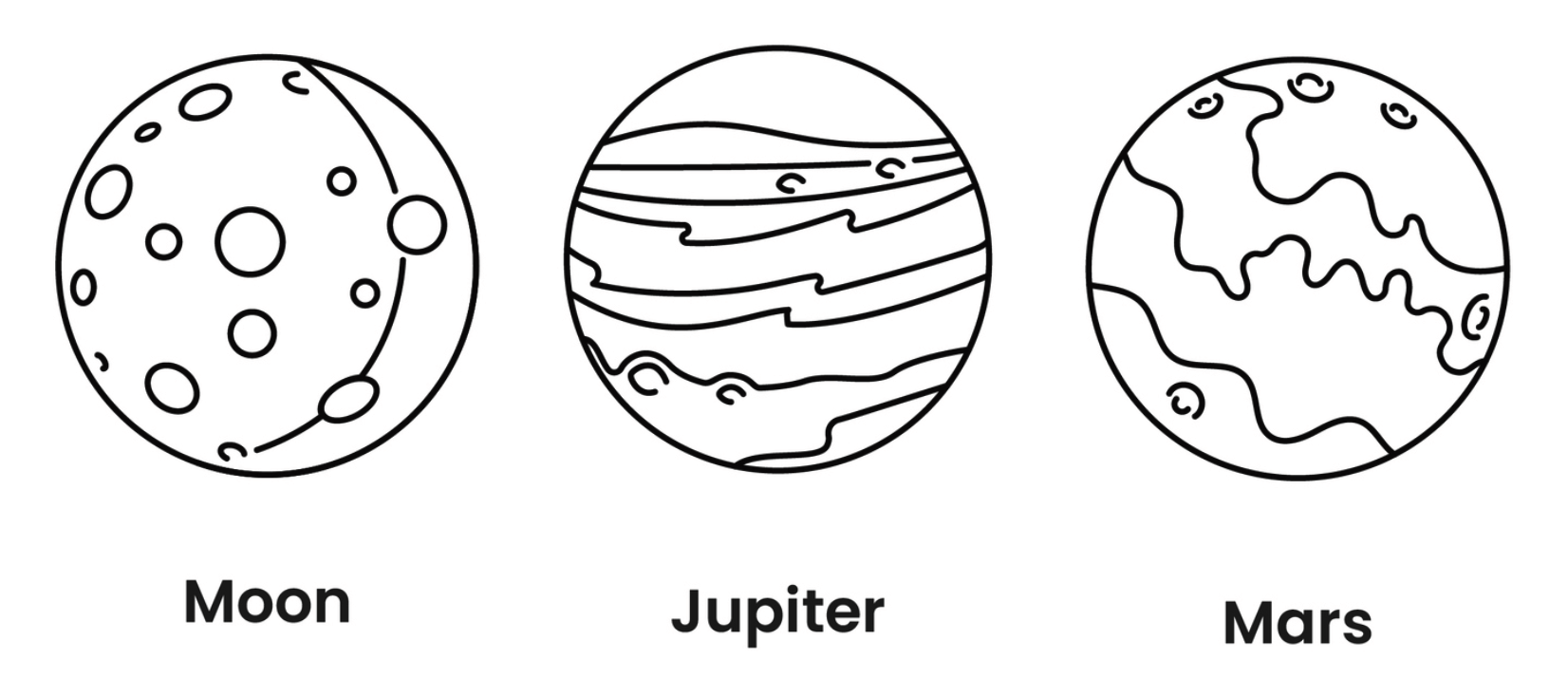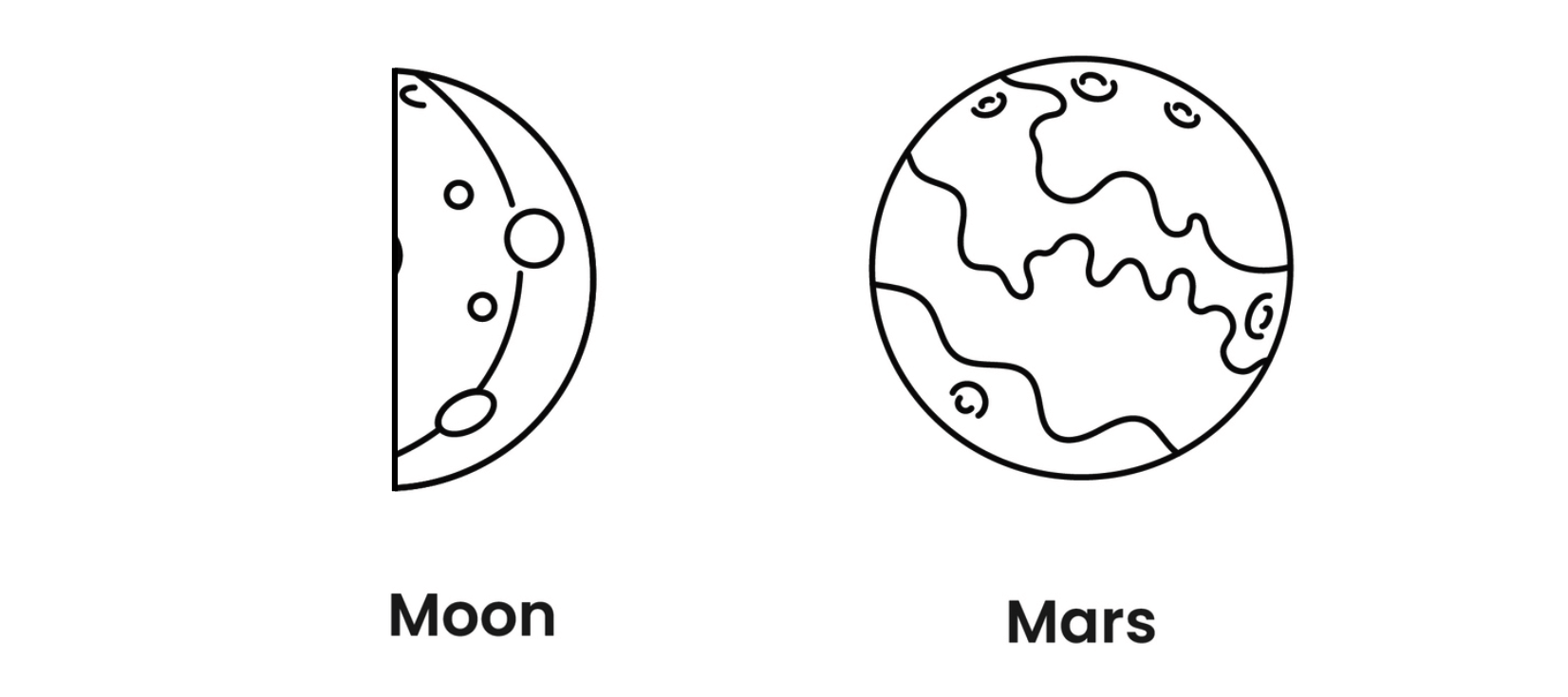
Catch celestial views this spring via LSU’s rare refracting telescope, on display at monthly Star Parties
On clear nights, the rings of Saturn pop and the moon’s craters spring to life as Baton Rouge astronomy enthusiasts peer through one of the country’s few remaining Alvan Clark & Sons refracting telescopes.
Located in the LSU Department of Physics and Astronomy’s iconic Landolt Astronomical Observatory—itself one of the university’s best-kept secrets—the 1939 Clark is a rare antique whose history and capabilities are on full display once a month during free stargazing gatherings.
For decades, the Clark was used by LSU physicists for astronomical research before being superseded by more sophisticated instruments. Still, it’s the main attraction at monthly so-called Star Parties.
|
|
Such gatherings aren’t new. The department held public nights at the observatory from 1939 until the 1990s. They stopped after the dome and telescope fell into disrepair, but resumed in 2005 after a department-led restoration.
Nowadays, about 180 to 200 space fans, eager to spot heavenly bodies, attend each month. They take turns peering through not just the massive Clark, but other portable telescopes situated around the dome’s breathtaking open-air balcony, too.
“A lot of people never really get a chance to look through a big telescope,” says Colin Turley, LSU physics instructor and Star Party coordinator. “And some of these sights, like Jupiter’s moons or Saturn’s rings, are sights that never get old.”
Weather permitting, Turley often holds Star Parties during the quarter moon phase when the moon’s dark side casts shadows on its illuminated surface, brightening topographical features.
“The shadows make the craters pop to life,” Turley explains.

Attendees climb three flights of stairs to the observatory, taking in its simple grandeur and rudimentary operations. Before they arrive, Turley and graduate assistant Eric Borowski play analog astronomers, cranking open the dome to reveal the night sky, and setting the telescopes to the right coordinates for optimum viewing.
Over the ensuing 90 minutes, they explain what to look for while cautioning eager newbies to resist the temptation to grab the scopes while gazing, inadvertently shifting them out of position.
The mighty Clark’s research applications might have faded, but it remains one of the best instruments anywhere for seeing the moon and planets, thanks to its massive size and focal ratio, according to Turley.
And he says its popularity doesn’t surprise him. Simple wonders never go out of style.
“The sky is there for everyone,” Turley says. “We like to remind people there’s amazing stuff to see up there.”
![]()
See space
The LSU Landolt Astronomical Observatory hosts two more Star Parties this semester, weather permitting. Find it at 202 Nicholson Hall. Find updates on Instagram at @lao.lsu
April 12 at 8:30 p.m.
Catch views of the full moon, Jupiter and Mars.

May 3 at 9 p.m.
Catch views of the first quarter moon and Mars.

This article was originally published in the April 2025 issue of 225 Magazine.
|
|
|
